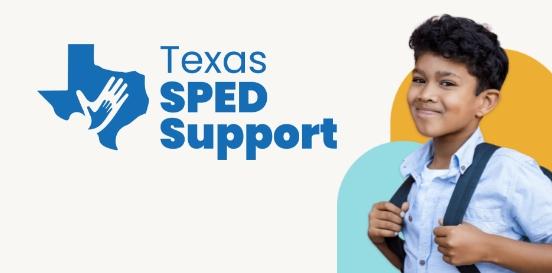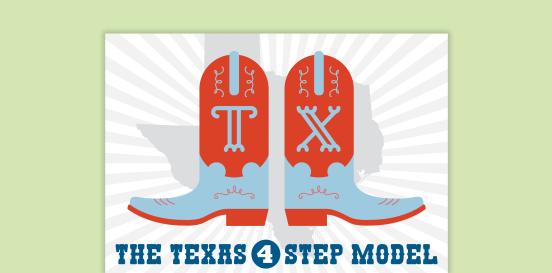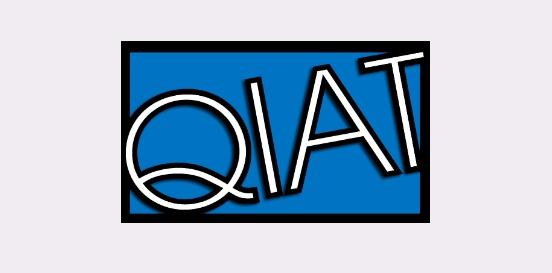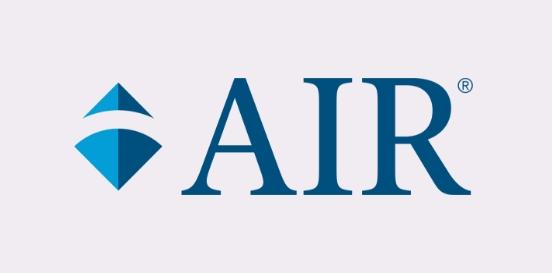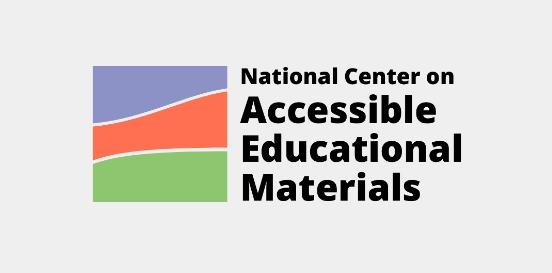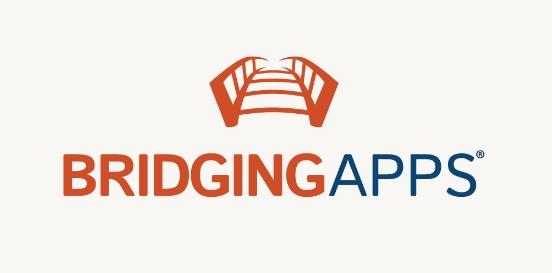Text-to-Speech (TTS)
Text-to-speech (TTS) assistive technology converts written text into spoken words, allowing individuals with visual impairments, learning disabilities, or other conditions that affect reading ability to access written information more easily. This technology can be found in various forms, such as software programs, mobile apps, and built-in features in devices like computers, smartphones, and e-readers.
Considerations
Take the following considerations into account when selecting and implementing AT to ensure that the chosen tools are well-suited to the student’s needs, align with their goals, and seamlessly integrate into their educational journey. By embracing a collaborative approach and considering the specific skills, tasks, and implementation context, educators can provide students with the necessary support to thrive academically and functionally, promoting inclusivity and fostering their overall success.
Skills and Tasks What skills or tasks will the student utilize this tool for? What areas, functional or academic, does this tool support?
- Use of text reader software
- Auditory discrimination
Implementation Context In what activities, classes, or environments will the student utilize this tool?
Text-to-speech (TTS) assistive technology can be highly beneficial for individuals with visual impairments who rely on auditory input to access information. It can also aid individuals with dyslexia, learning disabilities, or conditions such as ADHD, by providing an alternative method for consuming written content. Additionally, TTS technology can improve accessibility for people with limited literacy skills or those who speak a different language from the written text.

